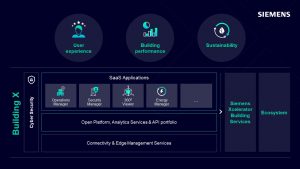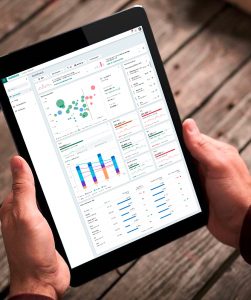Piscataway, United States and Sophia Antipolis, France. 30 June, 2022 – The MIPI Alliance, an international organisation that develops interface specifications for mobile and mobile influenced industries, and ETSI technical committee secure element technologies (TC SET) announced the adoption of the I3C Interface for SSP (ETSI TS 103 818) specification, allowing the MIPI I3C Basic specification to serve as a physical and logical link layer for the ETSI smart secure platform (SSP).
The I3C interface for SSP joins the family of specifications that underpin the ETSI SSP, the next generation platform for universal subscriber identity module (USIM) and secure elements to meet new market requirements driven by emerging internet of things (IoT), 5G and other security sensitive applications.
The use of the MIPI I3C Basic bus specification provides the ETSI SSP with a multitude of benefits, such as higher data rate, flexible and efficient information exchange, and strong integration of SSP in connected devices – all while decreasing power consumption.
The ETSI SSP is a highly secure, scalable and, thus, cost efficient solution optimised to fit many requirements of security sensitive market sectors, from 5G/6G network authentication and IoT applications, up to complex solutions. The SSP specifications define an open platform for multiple applications with various physical interfaces and form factors, a new flexible file system, and built in capabilities to support several authentication methods, as well as features such as toolkit or a contactless interface defined for the universal integrated circuit card (UICC). ETSI SET has already published six technical specifications and two test specifications related to SSP.
The I3C Interface for SSP (ETSI TS 103 818) adds I3C Basic as one of the possible physical interfaces, in addition to I2C, SPI and ISO 7816. The I3C Basic interface will allow faster communication, a much simplified transfer of data (especially for longer sequences), a robust data error detection and recovery mechanism, and device discovery capability. Thanks to the multidrop configuration of the MIPI I3C Basic bus, the SSP will become accessible to all devices connected to the bus that can benefit from security services that the SSP may offer.
“The definition of I3C as a new additional interface to the Smart Secure Platform will greatly help the adoption of the SSP as the new standard secure platform for mobile devices,” says Denis Praca, chair of the ETSI TC SET. “MIPI I3C Basic’s capabilities and wide adoption, added to the power and flexibility of the SSP, offer the right combination for being the successor to the UICC.”
Originally introduced in 2016, MIPI I3C is a scalable, medium speed, utility and control bus interface designed as the successor to I2C. The MIPI specification incorporates key attributes of the traditional I2C and SPI interfaces to provide a unified, high-performing, very low power solution for connecting peripherals to a processor in a wide range of applications, including mobile, IoT, server environments and automotive applications. In these ways, I3C delivers a robust, flexible upgrade path for I2C and SPI implementers. Bundling the features most commonly needed by developers and other standards organisations, MIPI I3C Basic is a publicly available subset of the full I3C specification that also has been adopted in JEDEC’s sideband bus and DDR5 standards.
“MIPI Alliance is very pleased that ETSI TC SET has chosen to adopt I3C Basic as one of the possible interfaces of the SSP. This is a major milestone for industry adoption, as well as significant recognition of I3C Basic’s differentiating characteristics—reduced pin count and signal paths, high performance, low power and EMI (electromagnetic interference) and backward compatibility with I2C,” says Sanjiv Desai, chair of MIPI Alliance. “The I3C and I3C Basic specifications are the result of extensive multi-year industry collaboration, and they continue to be enhanced to meet the needs of liaison organisations and their respective ecosystems.”
Comment on this article below or via Twitter @IoTGN
The post ETSI and MIPI Alliance announce incorporation of MIPI I3C Basic into ETSI smart secure platform appeared first on IoT global network.





